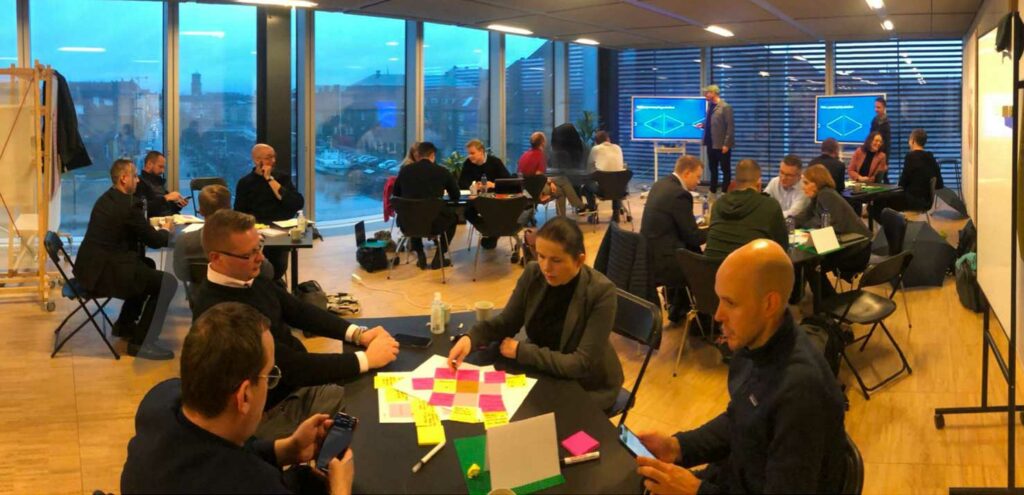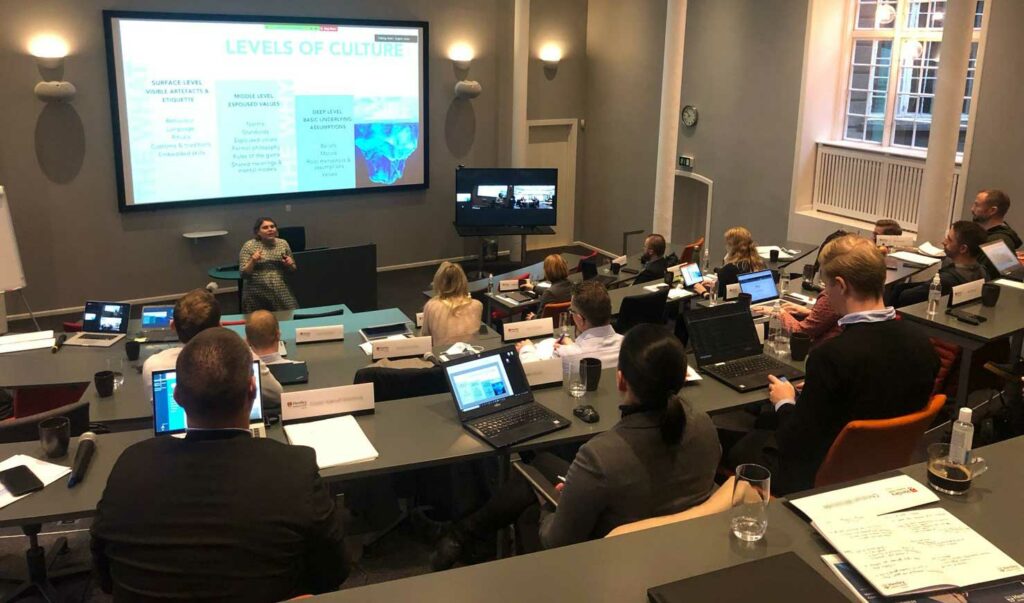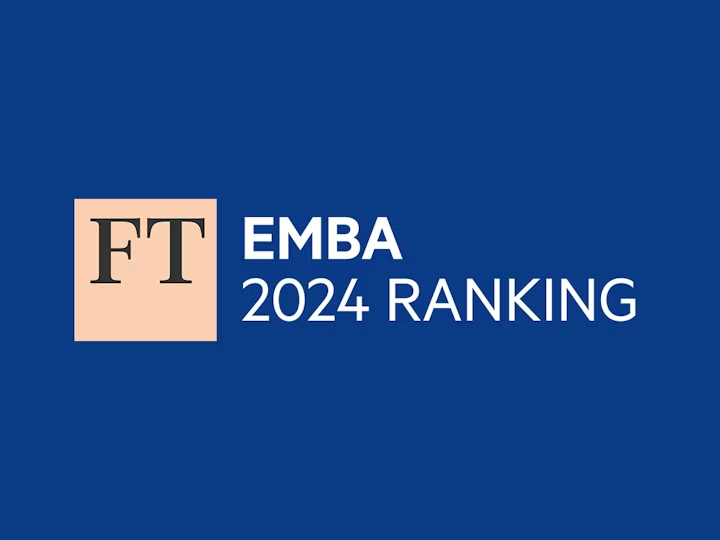The third workshop of my Henley EMBA journey took place in Copenhagen in the beginning of December. The topic was ’Managing People’, which was very interesting for me as a HR professional. It is worth noting that the verb ”manage” is significant here, in contrast to ”lead”.
The Managing People module is part a three-part ”Managing”-series, that initiate the EMBA studies at Henley:
- Managing Processes and Systems
- Managing People
- Managing Financial Resources
So, lots to manage. This time, it was people.

A friend of mine asked me about EMBA studies: ”Do they teach you what to do if an employee shows up late at work”?. I think it’s an interesting question, because the Managing People workshop and module focuses more on high-level processes and systems rather than individual line manager duties. You do not get any any frameworks or tips on how to manage individual people on an everyday level – the focus is more on the strategic dimension of people management.
During the workshop, participants working for larger organisations reflected on the role of their HR function and HR alignment with business priorities. Those working for smaller organisations don’t usually have a specific HR function or a separate HR person, but the work is distributed for those with managerial and leadership responsibility. These differences in setup and viewpoints brought some interesting dynamics to joint discussions.
From a line manager or business executive point of view, it is easy to ”blame” incompetent or bureaucratic HR for ineffective or misaligned people management practices. It is, however, the joint responsibility of managers and people operations specialists to plan, deliver and evaluate the way people are managed.
In my role as an external HR consultant, I unfortunately see a lot of distrust towards in-house HR professionals. Some executives prefer to discuss confidential people strategies with me rather than with their designated HR contact person. This ”consultancy culture” will eventually lead to deteriorated organisational culture and dysfunctional organisational dynamics. Therefore, my aim is to improve the lines of communication between HR and business.
My key takeaways from this workshop are as follows: Firstly, the discussions about HR and business alignment can vary considerably depending on the size of the company. Secondly, the alignment between HR and business requires dialogue and reciprocity, it cannot be dictated. And thirdly, while it is important to consider and review people management practices on a systemic level, you shouldn’t underestimate the importance of how you treat people in everyday life.
You can follow my EMBA journey through weekly updates with the hashtag #JuhoGoesEMBA on LinkedIn.
If you would like to learn more about the Henley EMBA:









